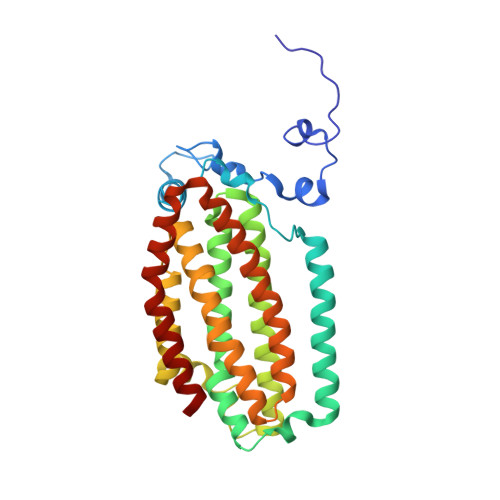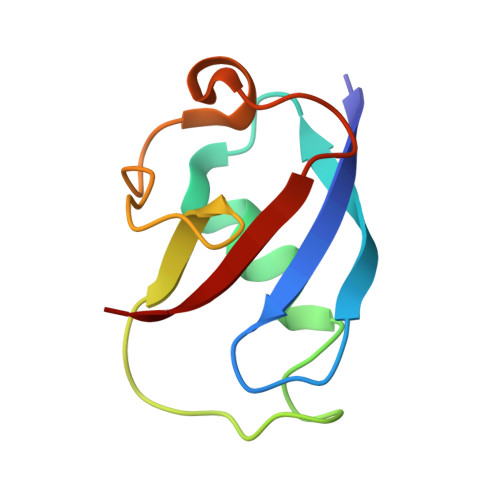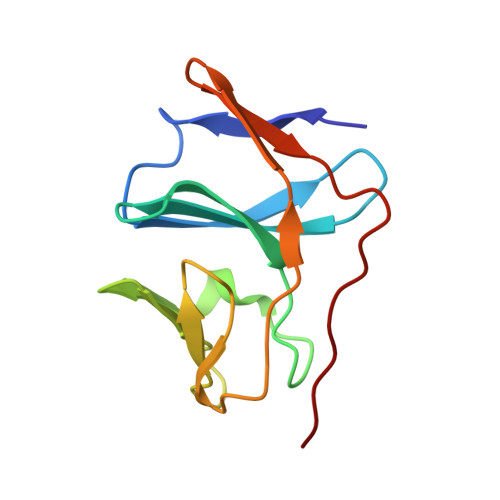Structural basis for biomolecular recognition in overlapping binding sites in a diiron enzyme system.
Acheson, J.F., Bailey, L.J., Elsen, N.L., Fox, B.G.(2014) Nat Commun 5: 5009-5009
- PubMed: 25248368
- DOI: https://doi.org/10.1038/ncomms6009
- Primary Citation of Related Structures:
4P1B, 4P1C - PubMed Abstract:
Productive biomolecular recognition requires exquisite control of affinity and specificity. Accordingly, nature has devised many strategies to achieve proper binding interactions. Bacterial multicomponent monooxygenases provide a fascinating example, where a diiron hydroxylase must reversibly interact with both ferredoxin and catalytic effector in order to achieve electron transfer and O2 activation during catalysis. Because these two accessory proteins have distinct structures, and because the hydroxylase-effector complex covers the entire surface closest to the hydroxylase diiron centre, how ferredoxin binds to the hydroxylase has been unclear. Here we present high-resolution structures of toluene 4-monooxygenase hydroxylase complexed with its electron transfer ferredoxin and compare them with the hydroxylase-effector structure. These structures reveal that ferredoxin or effector protein binding produce different arrangements of conserved residues and customized interfaces on the hydroxylase in order to achieve different aspects of catalysis.
Organizational Affiliation:
Department of Biochemistry, University of Wisconsin, Biochemistry Addition, 433 Babcock Drive, Madison, Wisconsin 53706, USA.






















